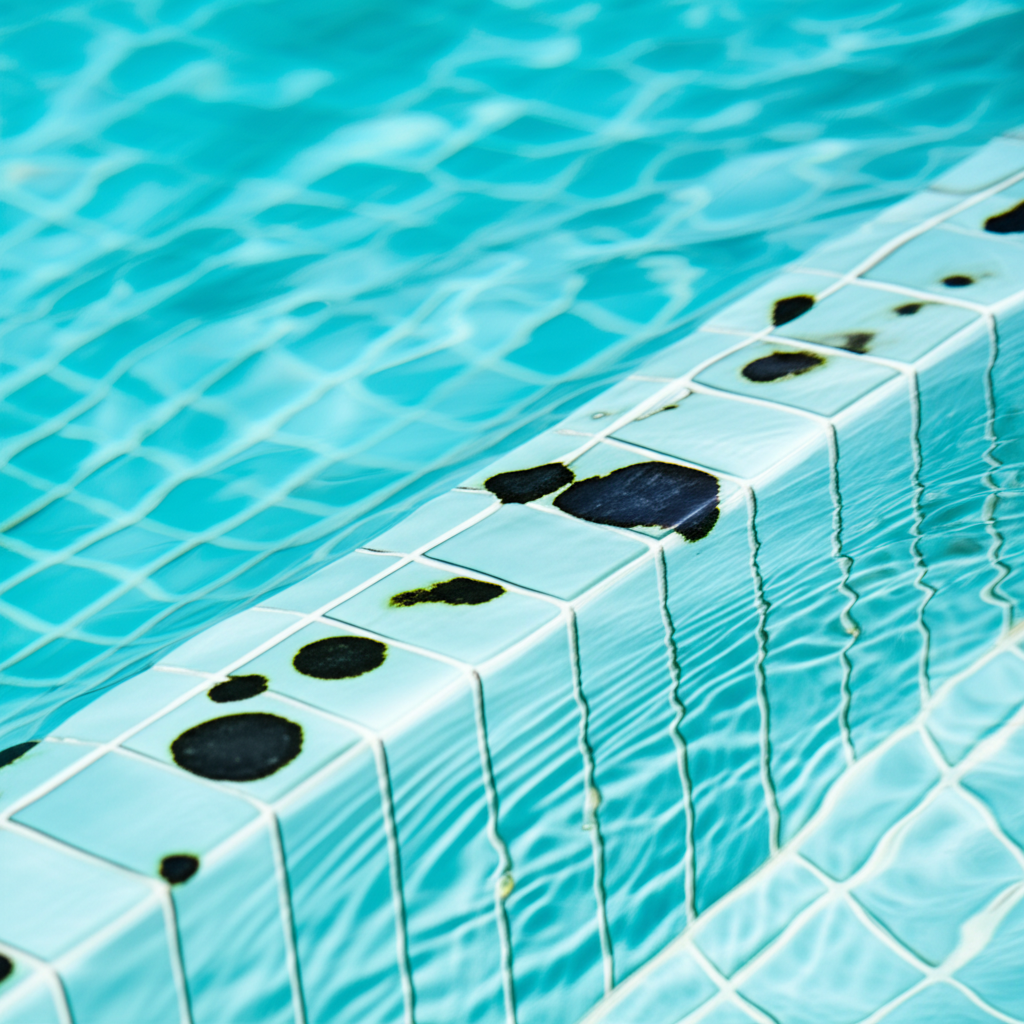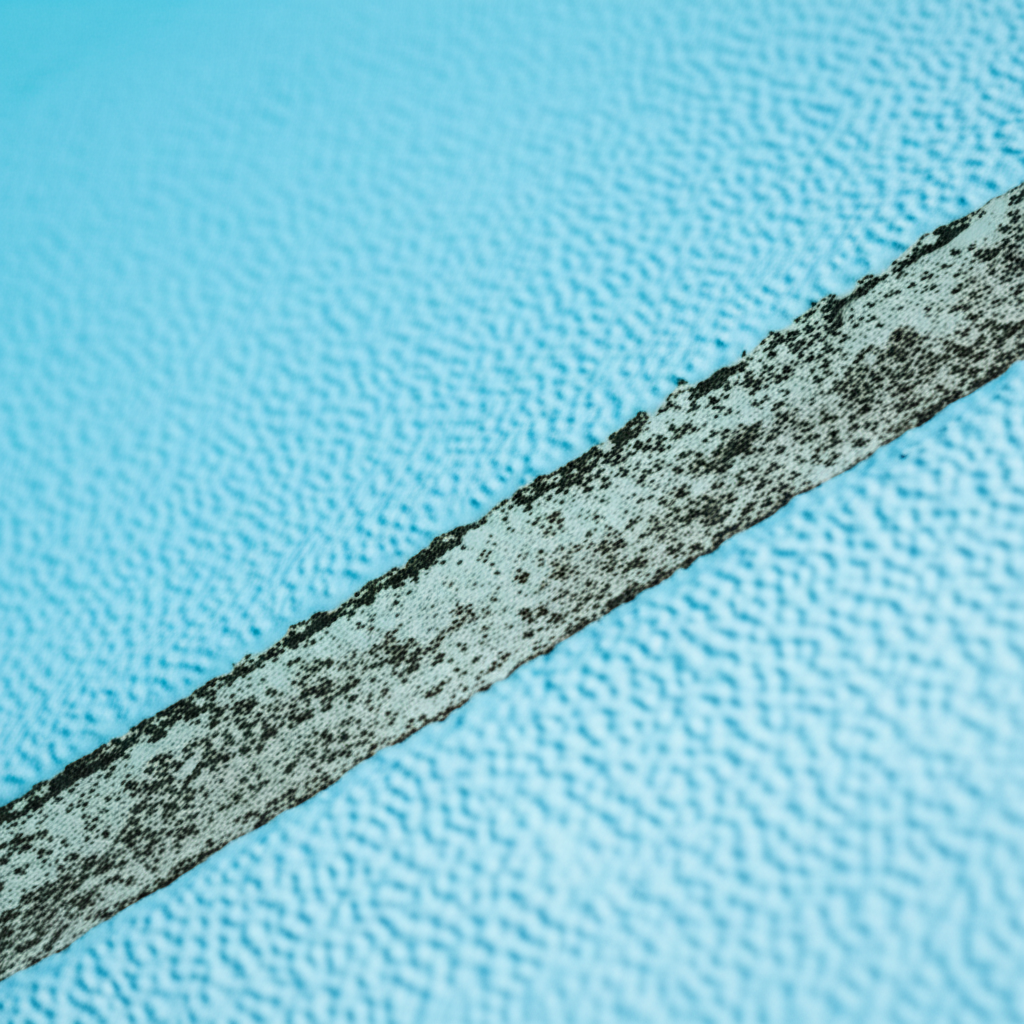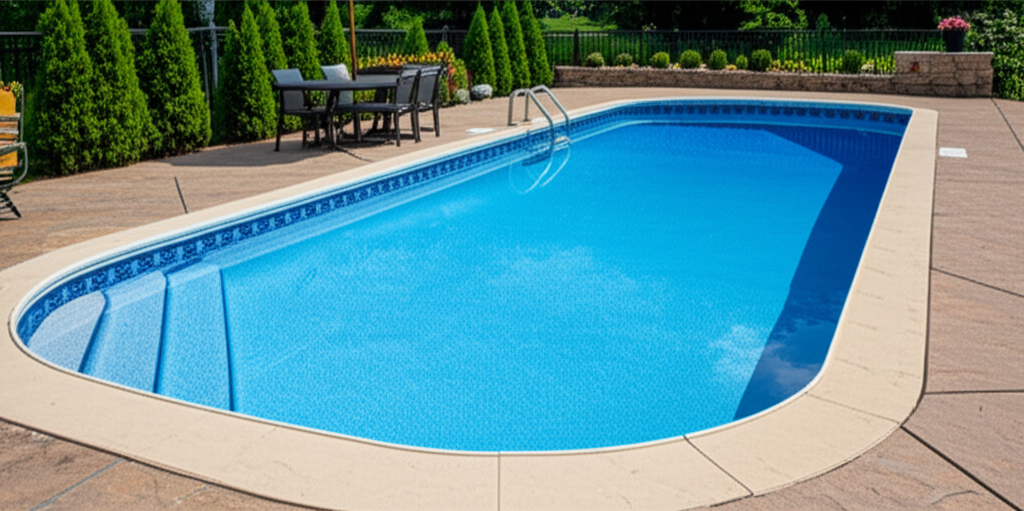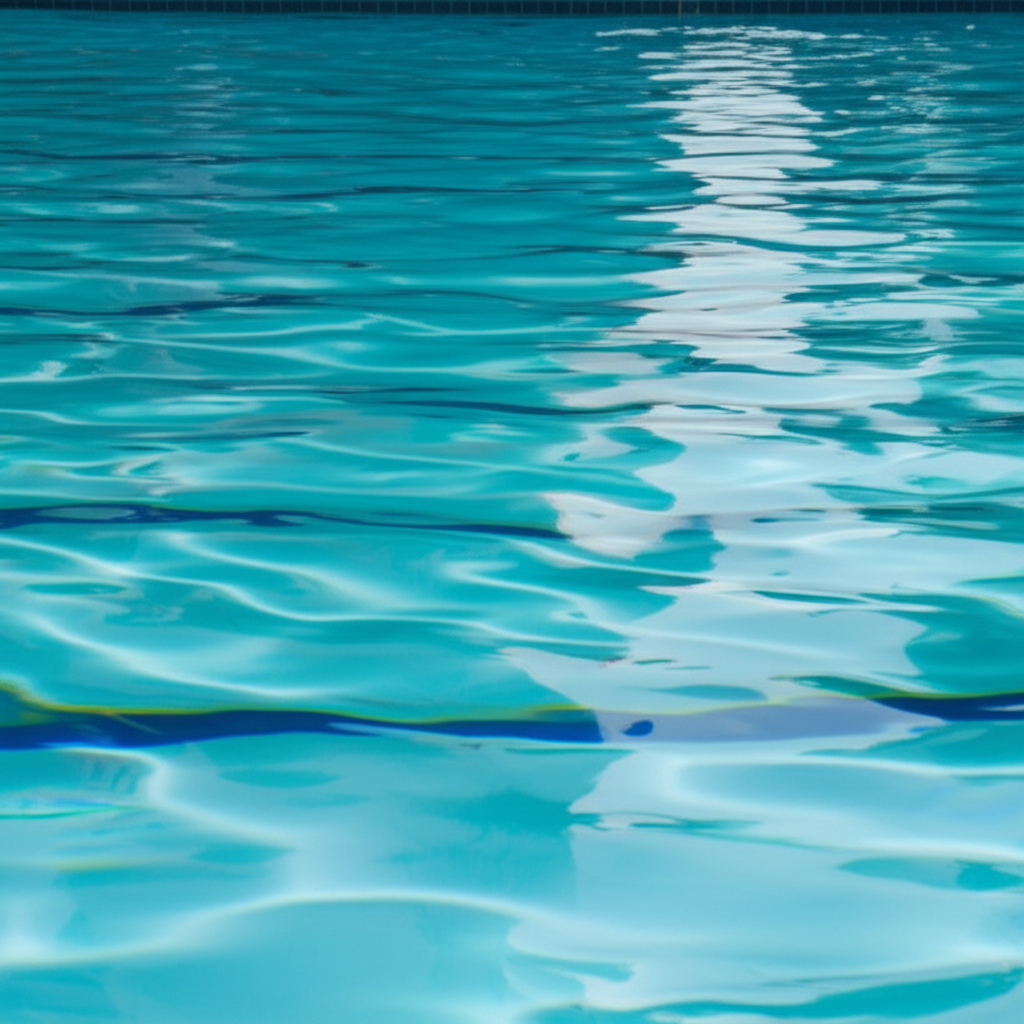- Understanding the Stubborn Nature of Black Algae
- The Essential Steps for Black Algae Elimination
- Preventing Future Black Algae Problems
Black Algae, often a nightmare for pool owners, manifests as stubborn, dark spots that cling tenaciously to pool surfaces. Unlike its green or yellow counterparts, this formidable organism isn’t actually algae but a form of cyanobacteria that creates its own protective, slimy layers, making it incredibly resistant to standard pool chemicals. These unsightly black dots can appear on concrete, plaster, gunite, and even fiberglass, digging deep into porous surfaces and quickly turning a pristine swimming environment into an uninviting one. Eradicating black algae requires a specific, aggressive approach, but with the right methods, you can win the battle against these persistent invaders.
Understanding the Stubborn Nature of Black Algae
What makes black algae so notoriously difficult to remove? Its unique structure is the key. Each “spot” is typically a colony of cyanobacteria. These colonies develop a multi-layered defense mechanism:
Protective Outer Layer: This waxy, slimy coating makes it difficult for algaecides and chlorine to penetrate.
Deep Roots: Black algae often sends root-like structures deep into the pores of your pool surface, anchoring itself firmly and allowing it to regrow even if the surface layer is removed.
Slow Growth, but Persistent: While it grows slower than green algae, its resilience means it takes a sustained effort to eliminate entirely.
Ignoring black algae will only allow it to spread, making your task significantly harder. Early detection and swift, decisive action are crucial for effective elimination.
The Essential Steps for Black Algae Elimination
Tackling a black algae infestation requires a systematic and often intensive approach. Here’s a comprehensive guide to restoring your pool’s cleanliness.
1. Prepare Your Pool and Gather Supplies:
Before you begin, ensure your pool’s filtration system is in good working order. Backwash or clean your filter. You’ll need:
A heavy-duty stainless steel algae brush (for plaster/gunite pools) or a nylon brush (for vinyl/fiberglass).
High-quality granular chlorine (calcium hypochlorite or dichlor).
A specialized black algae algaecide (often copper-based or polyquat-based).
Pool water testing kit.
2. Aggressive Brushing – The Foundation of Fading Black Algae
This is arguably the most critical step. Remember, chemicals alone often can’t penetrate the protective layers. You need to physically scrub off those layers and expose the algae’s roots.
Target Each Spot: Using your appropriate brush, vigorously scrub every single black spot. Don’t just brush; really lean into it. The goal is to break open the protective capsule and expose the underlying algae.
Focus on Problem Areas: Pay special attention to cracks, crevices, steps, and corners where algae often takes hold.
Repeat if Necessary: Some deeply embedded spots might require multiple rounds of brushing.
3. Targeted Black Algae Algaecide Application
After brushing, it’s time for the chemical assault. Use an algaecide specifically formulated for black algae. Follow the manufacturer’s instructions carefully. Many black algae algaecides are highly concentrated and designed to penetrate the tough outer layers.
Spot Treatment: For isolated spots, you can sometimes apply algaecide directly onto the area using a weighted sock or by pouring it slowly over the spot.
Full Pool Treatment: If the infestation is widespread, treat the entire pool according to the product’s directions. This usually involves diluting the algaecide and distributing it evenly.
4. Super Shock Treatment for Comprehensive Algae Spots Removal
Once the algaecide has had time to circulate (usually a few hours), it’s time for extreme chlorination. Black algae requires a much higher chlorine residual than regular maintenance levels.
Raise Chlorine Levels Significantly: Add a super-shock dose of granular chlorine – at least 3-5 times your normal shock dose, aiming for 15-20 ppm (parts per million) free chlorine.
Ideal Timing: Add the chlorine at dusk or night to minimize UV degradation.
Monitor Levels: Keep your pump running continuously for at least 24-48 hours and maintain these high chlorine levels. You may need to add more chlorine as it dissipates.
5. Continuous Filtration and Cleaning
After shocking, the dead algae particles and other contaminants need to be removed from the water.
Run Pump Continuously: Keep your pool pump running 24/7 until the water is clear and chlorine levels return to normal.
Regular Backwashing/Filter Cleaning: Your filter will be working overtime. Backwash or clean your filter frequently (every 12-24 hours) as the dead algae accumulates. Consider using a filter cleaner if you have a cartridge or D.E. filter.
Manual Vacuuming: If a lot of dead algae settles, manually vacuum it to waste (if possible) to prevent it from cycling back through your filter and returning to the pool.
6. Post-Treatment Brushing and Water Chemistry Adjustment
Even after the initial aggressive treatment, don’t let up.
Continue Brushing: For several days, brush the areas where the black algae was present, even if you can no longer see it. This helps dislodge any lingering spores and prevent regrowth.
Balance Water Chemistry: Once the black algae is gone and the water is clear, test and rebalance all your pool chemistry parameters: pH, alkalinity, calcium hardness, and cyanuric acid.
Preventing Future Black Algae Problems
Prevention is always easier than eradication when it comes to algae spots removal, especially for black algae.
Regular and Aggressive Brushing: Make routine brushing a habit, especially in areas prone to black algae growth (corners, steps).
Maintain Proper Water Chemistry: Consistently uphold balanced pH (7.4-7.6), alkalinity (80-120 ppm), and adequate free chlorine levels (1-3 ppm). Test your water frequently.
Shock Routinely: Implement a weekly or bi-weekly shock treatment, especially during peak swimming season or after heavy use.
Algaecide as a Preventative: Consider using a maintenance dose of a quality algaecide, particularly one effective against black algae, every few weeks.
Ensure Good Circulation and Filtration: Run your pump for adequate hours each day (8-12 hours typically) and keep your filter clean.
Address Contaminants: Rinse swimsuits, clean pool toys, and discourage pets from swimming as they can introduce algae spores.
Black algae is a tenacious foe, but it’s not invincible. By combining physical scrubbing with potent chemical treatments and maintaining diligent preventative measures, you can successfully eliminate these nasty spots and keep your pool sparkling clean for seasons to come. It requires effort and persistence, but the reward of a clear, inviting pool is well worth it.




